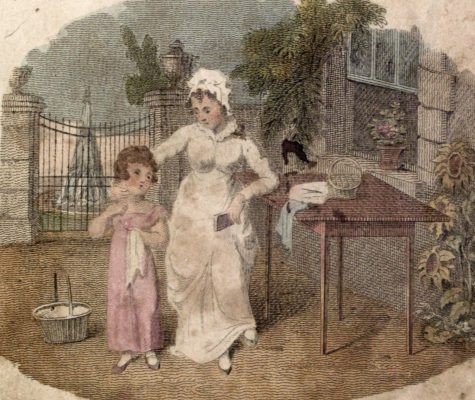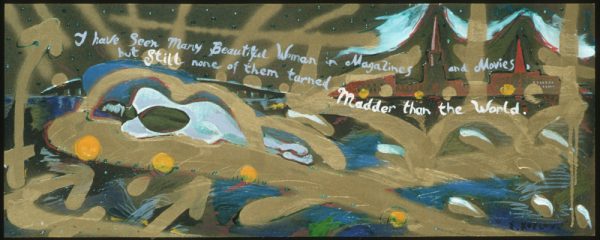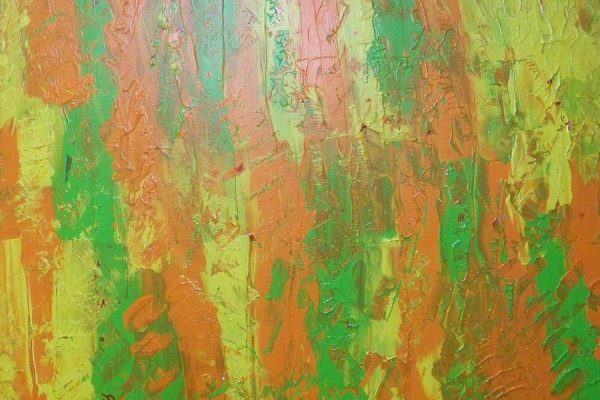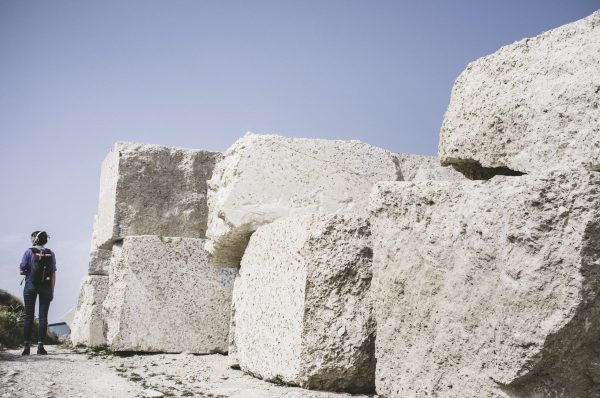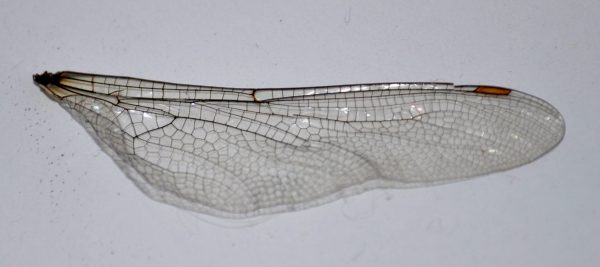I met Anne Serre on the shelves of a Parisian bookshop. She was very slim, of a golden yellow, and her title, Petite table, sois mise!, was as enigmatic as her first sentence: ‘The first time I saw my father dressed as a girl, I was seven years old.’ The text that followed (translated as The Wishing Table) [1] did not dissolve any of the mystery, but made it deeper with various family-related, erotic and cheerful scenes. I would never have thought these words could go together, but with her joyful freedom and very unusual sense of poetry, Anne Serre showed me that literature has the power to combine elements that ordinary life keeps apart. I was hypnotised, and have been reading her avidly ever since. Each time I open one of her books, I open the door to a mysterious place, a secluded family house or an infinite landscape, and when I have finished, I close that door behind me, I put the book away and I know the place I have discovered will stand there, on my bookshelf, patiently waiting for me to come back. When I do, its enigma remains intact, yet it is a little more familiar.
Anne Serre’s texts are short. They are not carved with a chisel but sharpened with a knife, which is much better. They are worlds of their own, moving miniatures that do not look like anything else because Anne Serre does not belong to a movement or a genre, and that is also why her books are important. They remind us that the novel must continue to invent its own territories, and that while some authors keep cramming fully packed rooms with more objects, others go on exploring and compose fictions that can open doors we did not even feel could exist. This interview is about the doors we open and the lands we explore by writing, reading and living.
